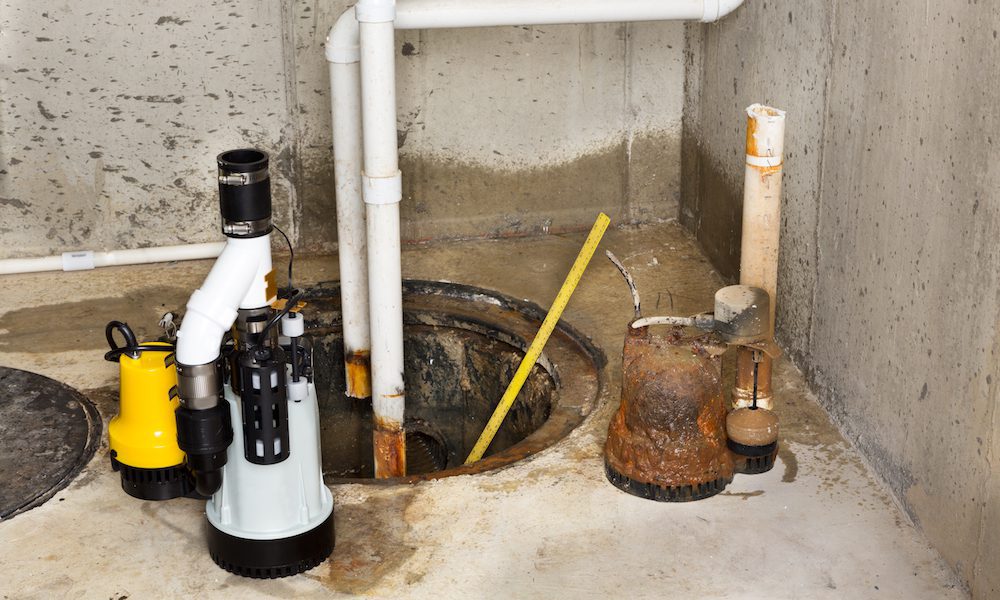A sump pump is an essential device for many homeowners, especially those in areas prone to basement flooding. It’s designed to pump water out of your basement or crawl space and keep your home dry and safe from water damage. Choosing the right sump pump and ensuring proper installation can be daunting, but with the right information, you can make informed decisions that suit your home’s needs. This guide aims to help homeowners understand their options and how to implement them effectively.
Understanding the Types of Sump Pumps
There are two main types of sump pumps: submersible and pedestal. A submersible sump pump is designed to be placed inside the sump pit and is completely submerged in water. This type is quieter and typically more powerful, making it a good choice for homes that experience frequent or severe water issues. Pedestal sump pumps, on the other hand, have their motors mounted above the sump pit, keeping them dry. They are easier to maintain because the motor is more accessible, but they can be noisier and less powerful than their submersible counterparts.
Choosing the Right Sump Pump for Your Home
Selecting the right sump pump depends on your specific needs. Consider the size of your basement, the average rainfall in your area, and the typical water accumulation levels in your basement. A more powerful pump with a higher horsepower might be necessary for larger areas or higher water volumes. Also, consider the sump pump’s capacity, which is usually measured in gallons per minute or gallons per hour that it can pump. For additional security, look for models with battery backup systems, especially if your area is prone to power outages.
Installation Essentials
Proper installation is crucial to ensuring that your sump pump functions effectively. The pump should be installed in the lowest part of your basement, where water naturally collects. Ensure that the sump pit is adequately sized for the pump, typically around 18 inches wide and 22 inches deep. The discharge line, which carries water away from your home, should be rigid enough to handle heavy flows and directed away from your foundation to prevent recycling of water.
Considerations for a Battery Backup
Installing a battery backup system for your sump pump is a wise decision. This system will keep your pump running during power outages, a common occurrence during heavy storms when you need your sump pump the most. Battery backups can be a lifesaver, especially in regions where storms frequently knock out power.
Regular Maintenance Tips
Regular maintenance is key to a long-lasting and efficient sump pump. Check your pump at least annually for any signs of wear or damage. Regular tasks should include cleaning the sump pit, checking the pump’s operation by pouring water into the pit, and ensuring the float switch and check valve function properly. Also, listen for unusual noises when the pump operates, as this can be a sign of malfunction.
Professional Help and Advice
While many homeowners may feel comfortable installing a sump pump themselves, hiring a professional can ensure that the job is done correctly. A professional plumber or waterproofing expert can provide valuable advice on the best type of pump for your situation and ensure that installation meets all local building codes.
By choosing the right sump pump, installing it properly, and maintaining it regularly, you can protect your home from water damage effectively. This guide provides a starting point for homeowners to understand their options and take proactive steps toward a drier, safer basement. Remember, the investment you make in a good sump pump system not only protects your property but also gives you peace of mind during wet weather conditions.




